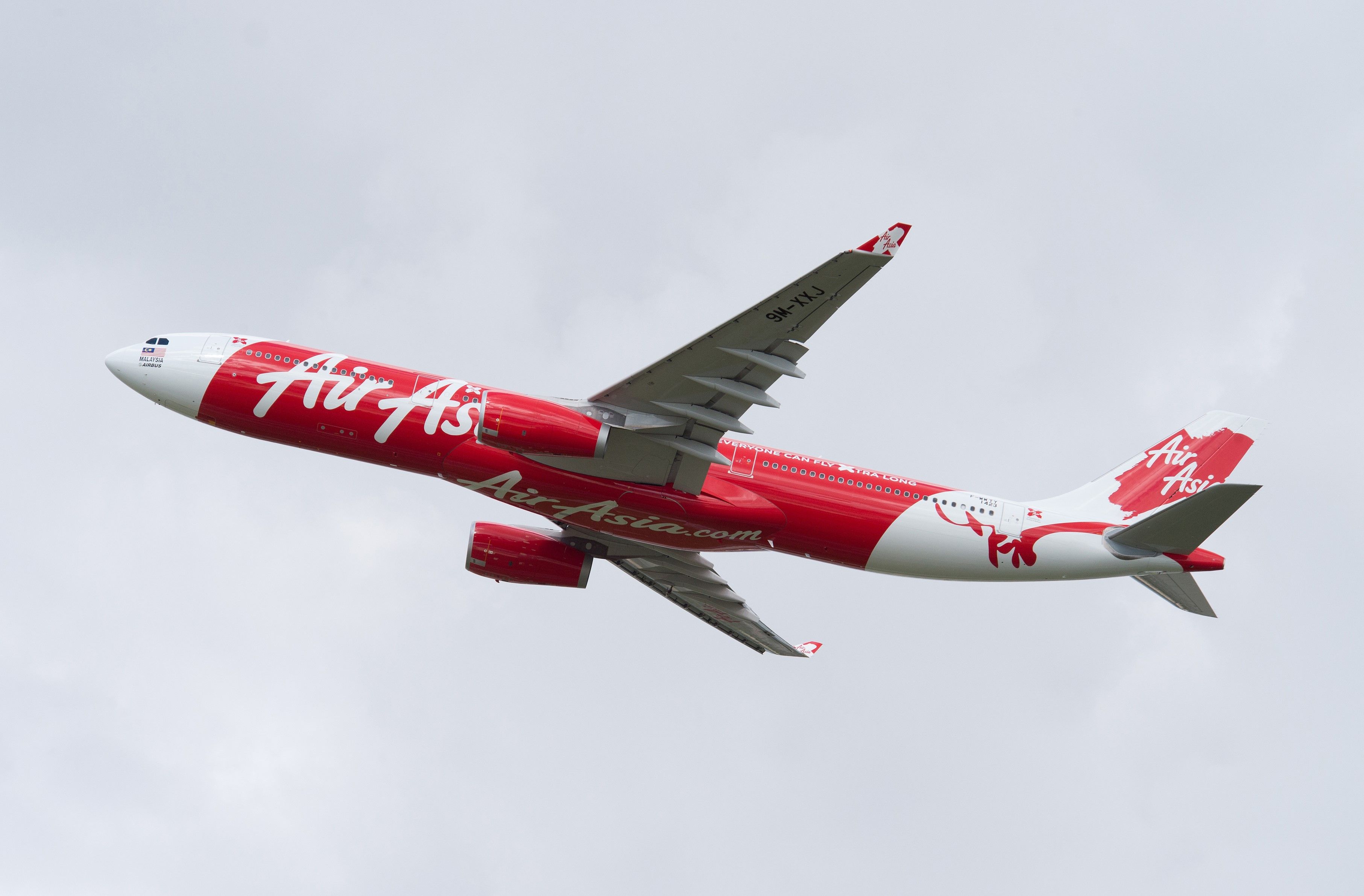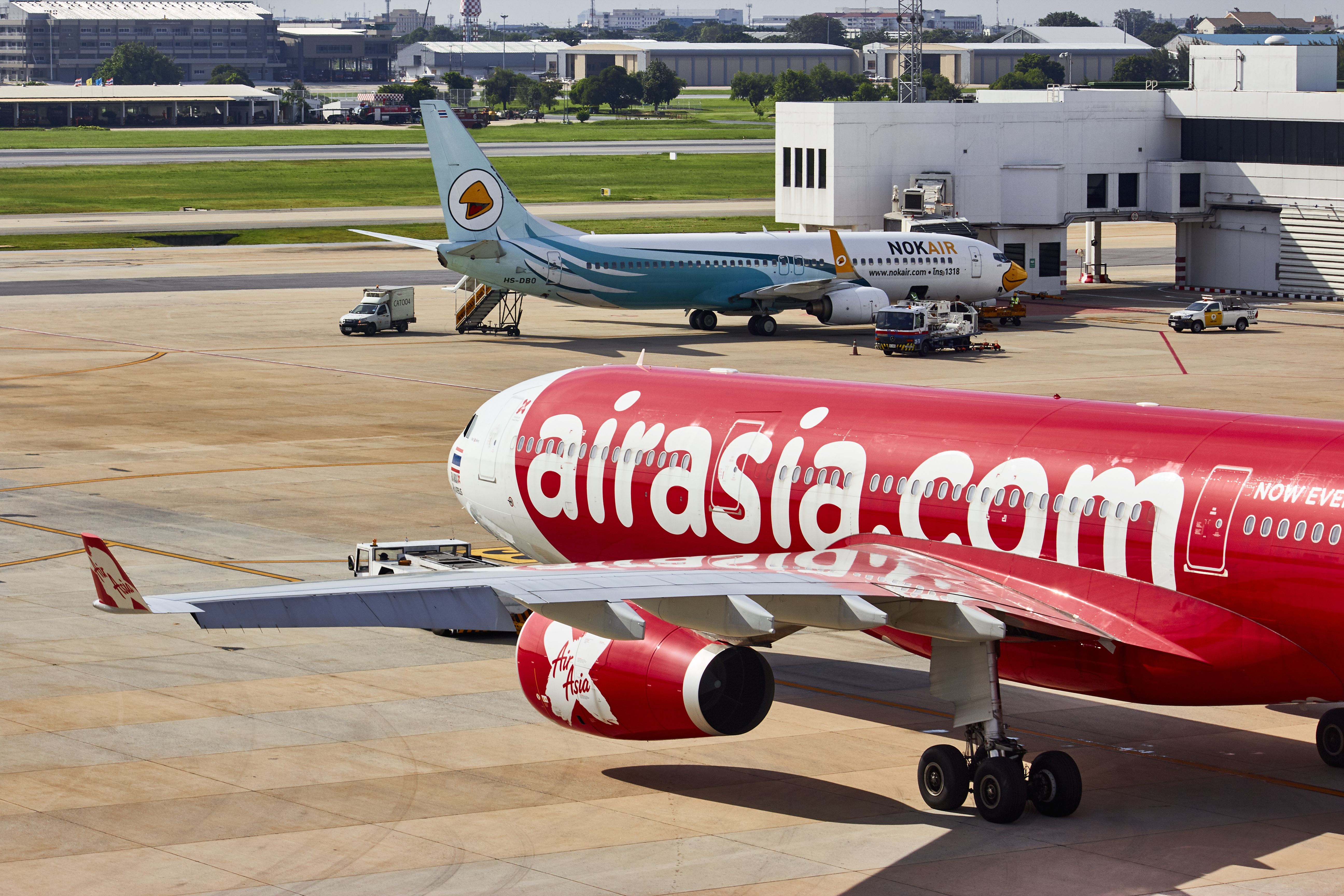Summary
- AirAsia X has reported a surge in net profit, driven by an increase in seat capacity and the return of more widebody Airbus A330s to service.
- The airline's seat capacity has increased by 26 times year-on-year, with 814,422 seats flown in the second quarter of 2023.
- AirAsia X plans to continue its recovery by gradually increasing network capacity and adding more aircraft to its fleet, with a focus on core markets and demand.
Malaysia's low-cost widebody specialist AirAsia X Berhad is surging back to full health with a second-quarter net profit of RM5.5 million ($1.16m) compared to a net loss of RM652.2 million ($137m) in the same period last year. With more of its widebody Airbus A330s returning to service, AirAsia X generated revenue of RM512.9 million ($108m), more than four times its revenue in Q2 2022.
The fundamentals are driving recovery
Releasing its second-quarter (Q2 2023) results yesterday, AirAsia X said that the increase in earnings is primarily attributable to the surge in seat capacity. At the end of June, the airline was operating eleven of its Airbus A330s compared to just five in the corresponding quarter last year, boosting seat capacity 26 times year-on-year to 814,422 seats flown.
Turnover for the quarter reached more than 50% of the 2019 level, while the number of aircraft operated remained less than half of the operational fleet in 2019. During Q2, AirAsia X (AAX) carried 621,984 passengers at a healthy load factor of 76%, with seat capacity, as measured by available seat kilometers, recovering to 42% against the corresponding period in 2019.
AAX CEO Benyamin Ismail said the focus is to build yield and enhance the recovery of network capacity gradually in line with demand from core markets as the first priority, adding:
"In the last 12 months, we have been prudent by reinstating services from initially two destinations and three times weekly flights. Comparatively, we now have 18 destinations and 96 weekly flights, and this exponential growth is expected to grow further as more aircraft are brought back to service and connectivity with FlyThru will be further amplified."
AAX plans to add one more aircraft to its fleet of 17 Airbus A330s, and Ismail said the airline is working with its partners to ensure all aircraft can be returned to service in a timely manner. To meet the looming summer peak season, AAX expects to have 16 of the widebodies back in service when the year-end peak travel season begins in the coming months.
Find more news about Asian aviation here
Where is the growth coming from?
Associate company AirAsia X Thailand (TAAX) reported a total revenue of RM351.9 million ($73.9mn) and a net operating profit of RM33.5 million ($7mn), although the latter turned into a net loss of RM73.6 million ($15.5mn) due to unrealized foreign exchange losses.
In Q2, TAAX carried 311,337 passengers, up by 28 times year-on-year, with increased demand coming mainly from flights to Tokyo, while a new service was launched to Shanghai.
During the second quarter, AirAsia X maintained its steady progress in post-COVID recovery by launching flights to Bangkok, Beijing, and Australia's tourist mecca of the Gold Coast. As demand grew, AAX increased frequencies up to seven times weekly to Sydney, between Sydney and Auckland, Melbourne, and Osaka in Japan.
Compared to Q2, the airline operated 2,234 flight sectors, up 27 times from the 81 it operated last year. AAX is also looking to China to continue its gradual recovery and has plans in place to ramp up operations on routes in China as demand increases.



.png)